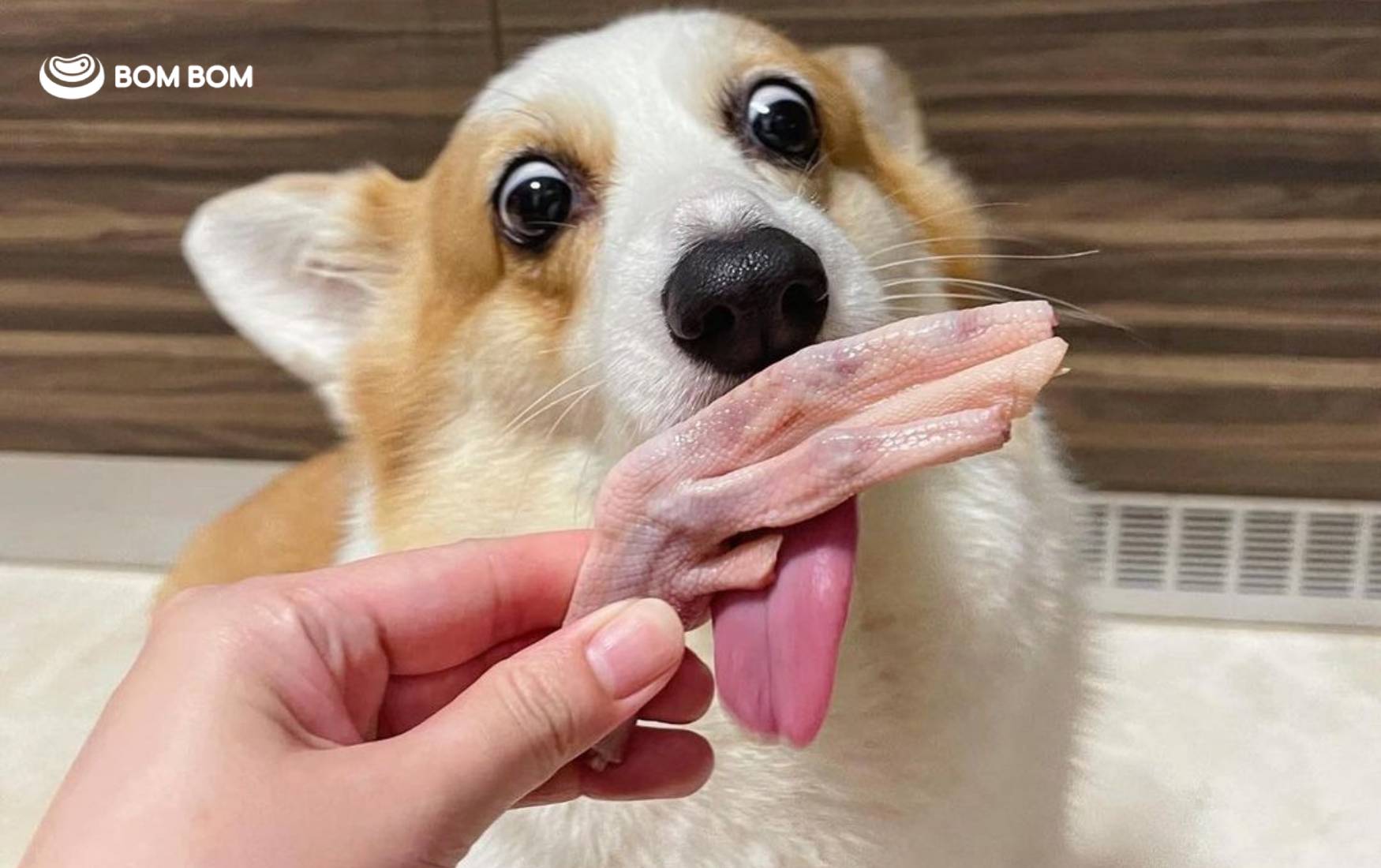
The Truth About Bones: Why They’re Essential for Your Pet’s Nutrition
When it comes to feeding pets, bones are among the most debated and often misunderstood ingredients. This article explores the nutritional, dental, and behavioural benefits of feeding bones, providing a clear understanding of why they can be a valuable addition to your pet’s diet. From essential minerals to natural dental care and mental stimulation, discover how bones can contribute to your pet’s overall health and well-being.
Benefits of Feeding Bones to Pets
1. Raw Meaty Bone as a Source of Nutrition
Bones serve as a natural and highly bioavailable source of essential minerals, vitamins, amino acids and fatty acids for pets. Calcium and phosphorus, predominantly found in the hydroxyapatite form in raw meaty bones, are essential for various functions, including bone growth, muscle and nerve function, blood clotting, and heart health. Bones also contain magnesium, which supports muscle and cardiac health. Collagen and glucosamine in bones contribute to healthy joint health.
Beyond their nutritional benefits, bones act as a natural form of roughage, promoting firm stool formation and regular bowel movements. Unlike vegetables, which can pass through a pet’s digestive system largely undigested, bones are highly digestible due to the efficient gastric juices in pets' stomachs, which break down the bone matrix to release minerals. The calcium in bones, specifically in the hydroxyapatite form, is far more bioavailable than plant-derived sources like calcium pectate, which requires cellulase—a digestive enzyme that dogs and cats lack. This distinction underscores the advantages of bone-sourced calcium in meeting pets' dietary needs more effectively than vegetable sources.
2. Raw Meaty Bone for Dental Health
Periodontal disease in pets begins when bacteria form plaque on the teeth and hardens into tartar. This tartar accumulates on the tooth surface and can infiltrate the gum line, leading to inflammation. Over time, this inflammation and bacterial presence damage the structures around the teeth, resulting in receding gums and potentially tooth loss.
Incorporating appropriate raw meaty bones into your pet's diet serves as a natural and effective way to support dental health. The act of chewing provides gentle abrasion that helps scrape away plaque, promoting cleaner teeth and healthier gums. This natural method not only enhances oral hygiene but may also reduce the need for frequent dental interventions, supporting overall well-being by minimising the bacterial spread from the mouth to other organs.
3. Behavioural Benefits of Bones for Dogs
Chewing bones offers significant benefits for pets, providing both mental stimulation and stress relief. As a natural behaviour, chewing helps engage a dog’s mind, keeping them focused and entertained while satisfying their instinctual need. For dogs with strong chewing instincts or those prone to boredom, bones serve as an effective outlet, preventing destructive behaviours like chewing furniture or shoes. The mental engagement from chewing not only reduces boredom but also promotes overall mental well-being.
Including bones in your pet’s diet offers a wealth of benefits, from nutrition and dental health to improved behaviour and mental well-being. However, it's important to ensure that bones are introduced safely and in the right form. There are certain no-nos when it comes to feeding bones; please refer to the blog article: How to Safely Incorporate Bones into Your Pet's Diet. By choosing high-quality, appropriate bones, you can provide your pet with an invaluable source of nutrition and care. At BOM BOM, we are committed to offering a carefully curated selection of bones customised to your pet's needs, ensuring they receive the maximum benefits in a safe and enjoyable way. Make bones a part of your pet’s balanced diet and watch them thrive — healthier, happier, and more satisfied.
